thanks for the ID, Mustapha--i wasn't aware of the back story here....
The UC-97 left New York, under the command of Lt. Commander Charles A. Lockwood, to traverse the locks of the Canadian-controlled St. Lawrence. It is a time-honored naval traditional practice for a man-of-war to fly the Union Jack at the fore. This caused trouble and debate at each Canadian port of call up the St. Lawrence river. Lt. Commander Lockwood was later vindicated by the Canadian naval officers who applauded his pertinacious observance of this tradition. Lt. Commander Lockwood later became the Commander of Submarines, Pacific Fleet during World War II.
Once the UC-97 entered the Great Lakes, she began a whirlwind tour to American ports, large and small, along the shores of Ontario, Erie, Huron and Michigan. Though scheduled to visit Lake Superior ports as well, the U-boat had to cut short its voyage because of wear on the engines. She started back down the coast of Lake Michigan toward Chicago, arriving on August 25th, 1919. Once in Chicago, her crew turned the UC-97 over to the Commandant, 9th Naval District where she was laid up at the Great Lakes Naval Station. The UC-97 spent nearly two years at Navy Pier in Chicago.
Final Dive
USS Wilmette Steaming into Lake MichiganPrior to using the UC-97 for target practice, she was stripped of all parts of value (armaments, propulsion and navigational equipment) and prepared for her final voyage. On the morning of June 7th, 1921, the UC-97 was towed by the USS Hawk out into Lake Michigan. The USS Wilmette was present as her final executioner. Aboard the Wilmette was Gunner's Mate J.O. Sabin, who fired the first American shell in World War I, and Gunner's Mate A.F. Anderson, the man who fired the first American torpedo of the conflict. Out of the thirteen shells fired, ten found their mark and in ten minutes the UC-97 took her last, long dive.
The wreckage of the UC-97 was located in 1992 by A&T Recovery, but it's location has not been made public. The hulk lays at a depth of approximately 250 feet. The Navy's records indicate that the location of it's sinking was 42 deg. 10' N, 87 deg. 20' W, which would place it about 20 miles east of Highland Park, IL. A&T Recovery side scanned over 140 square miles of Lake Michigan to find the submarine's location. Future plans for the UC-97 remain to be seen.
http://www.eastlandmemorial.org/uc97.shtml


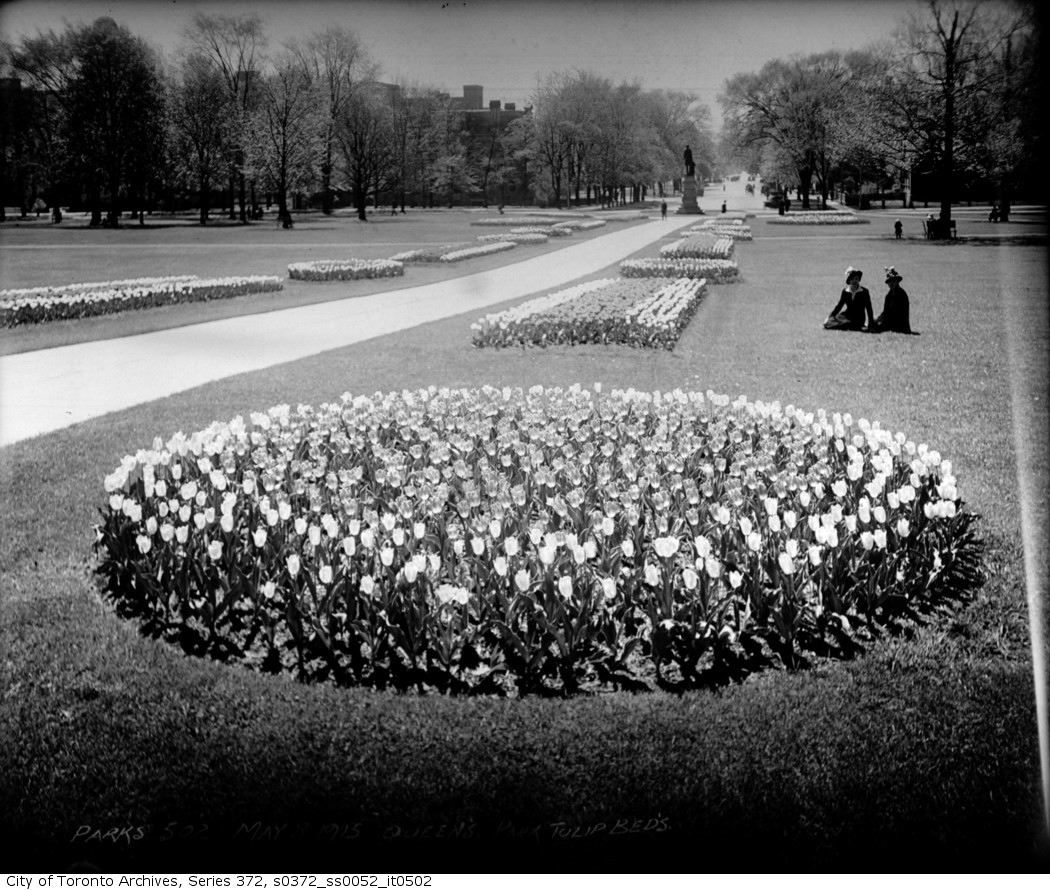
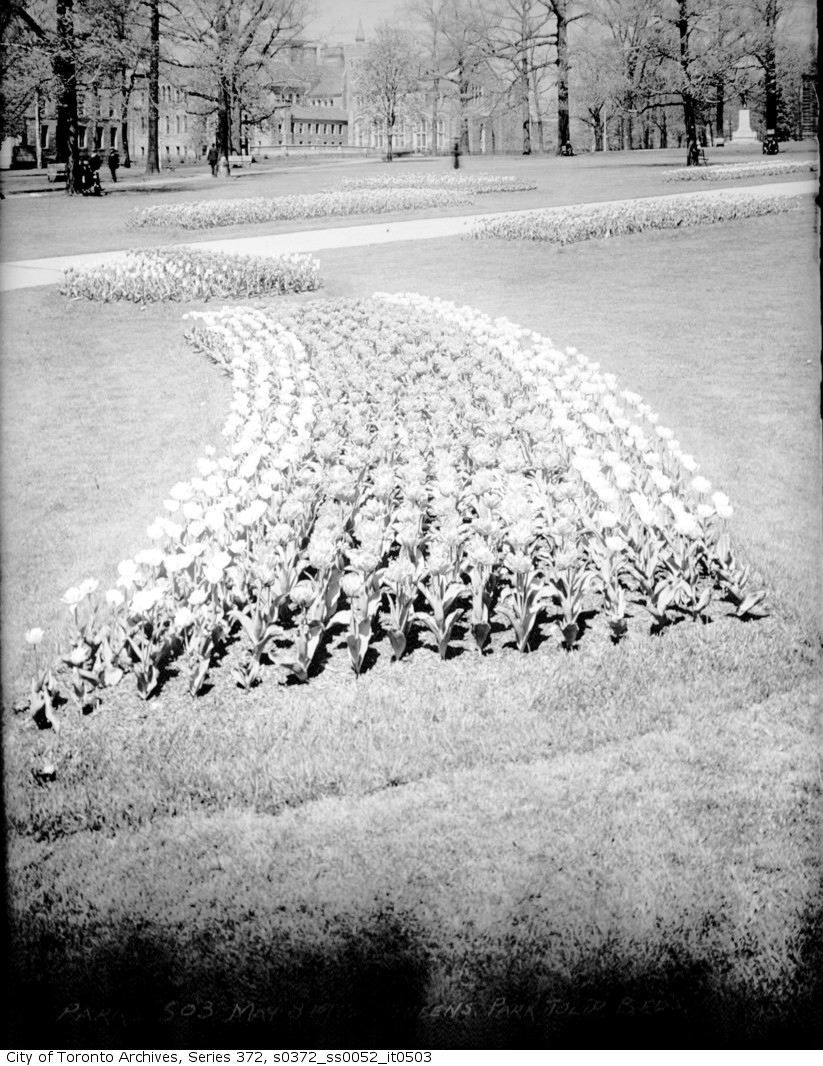
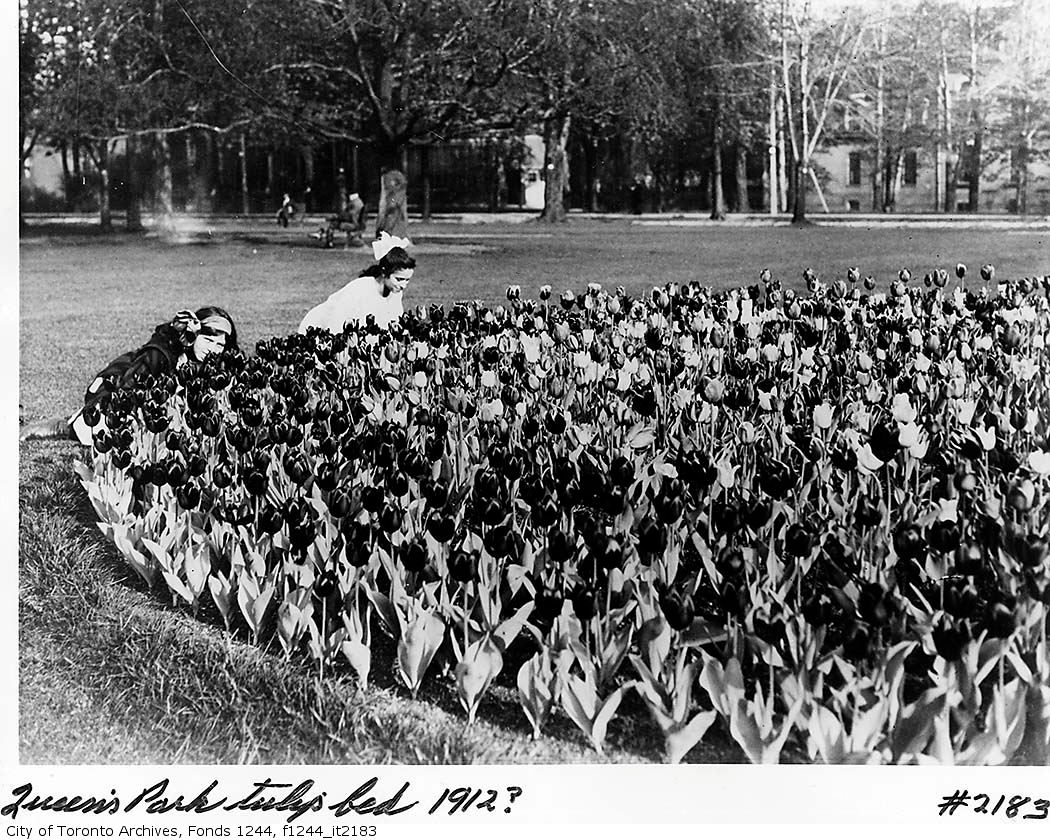
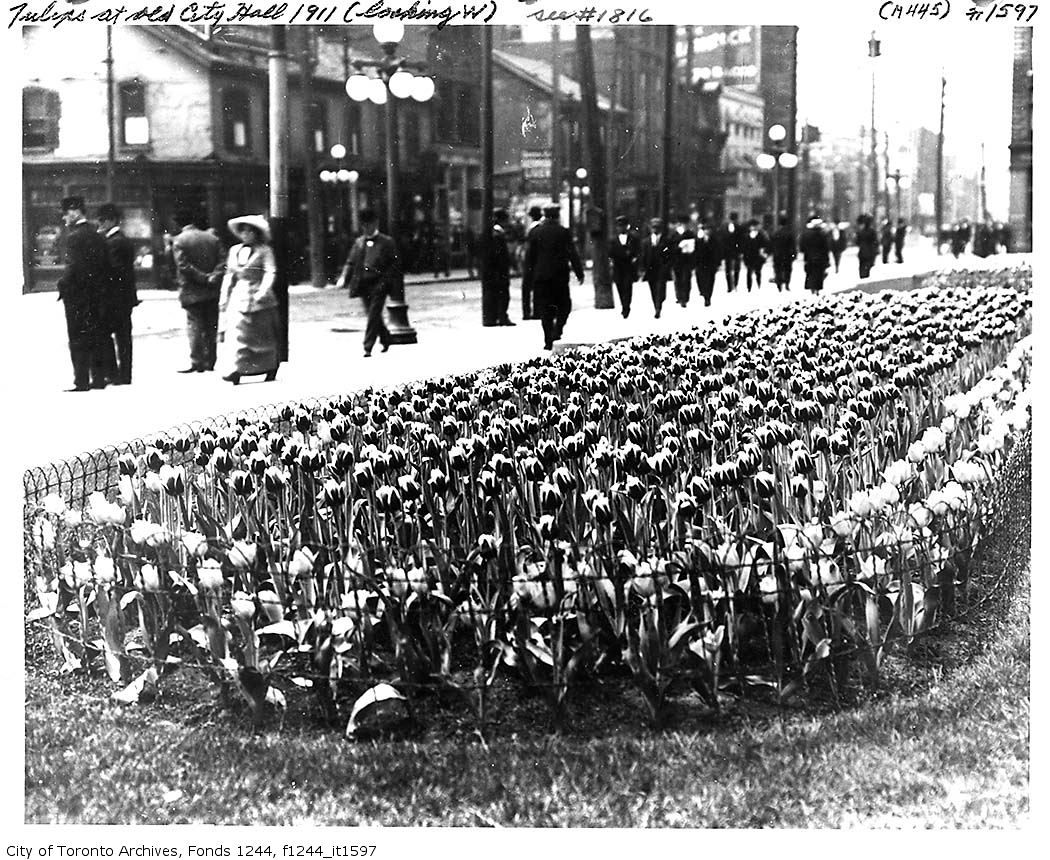

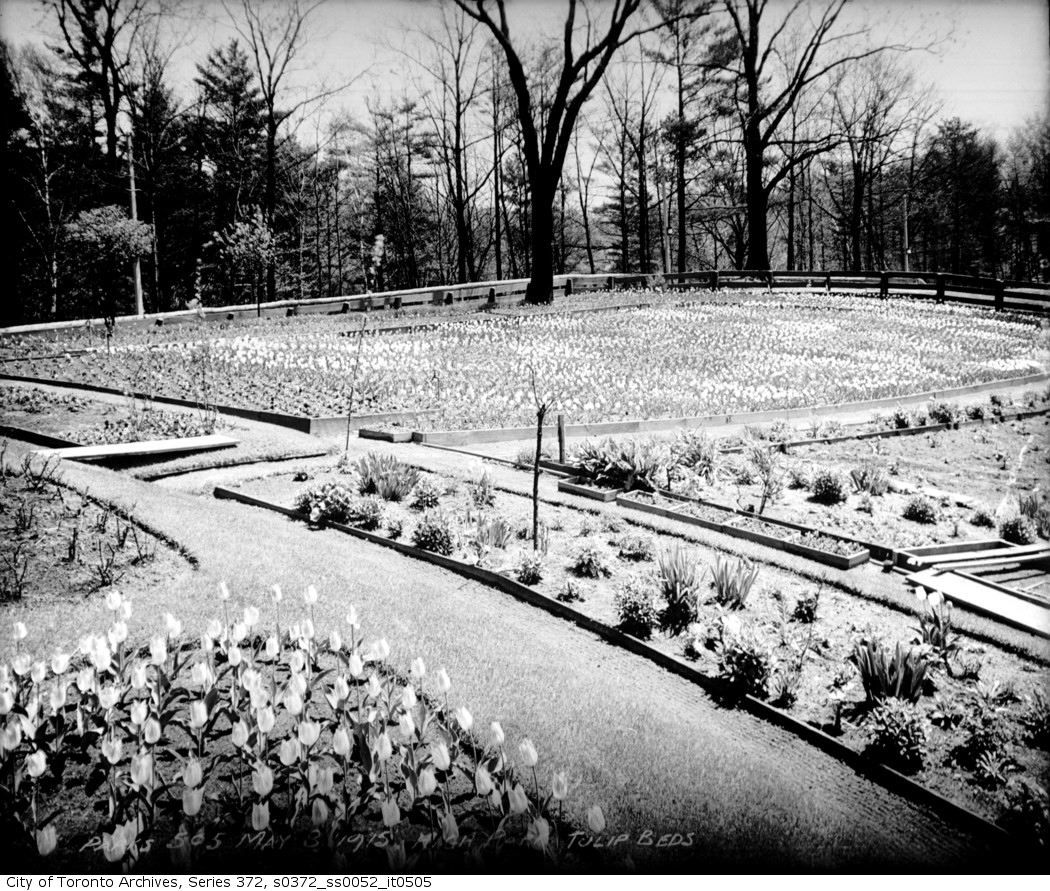
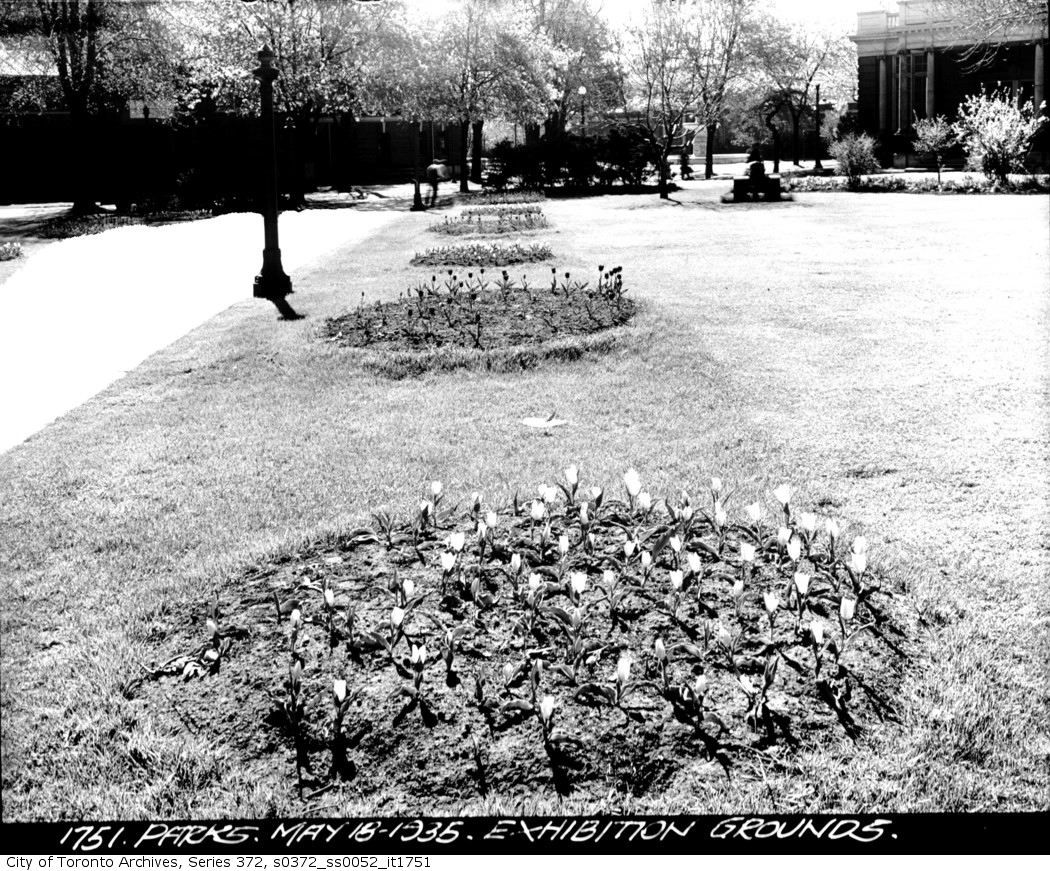
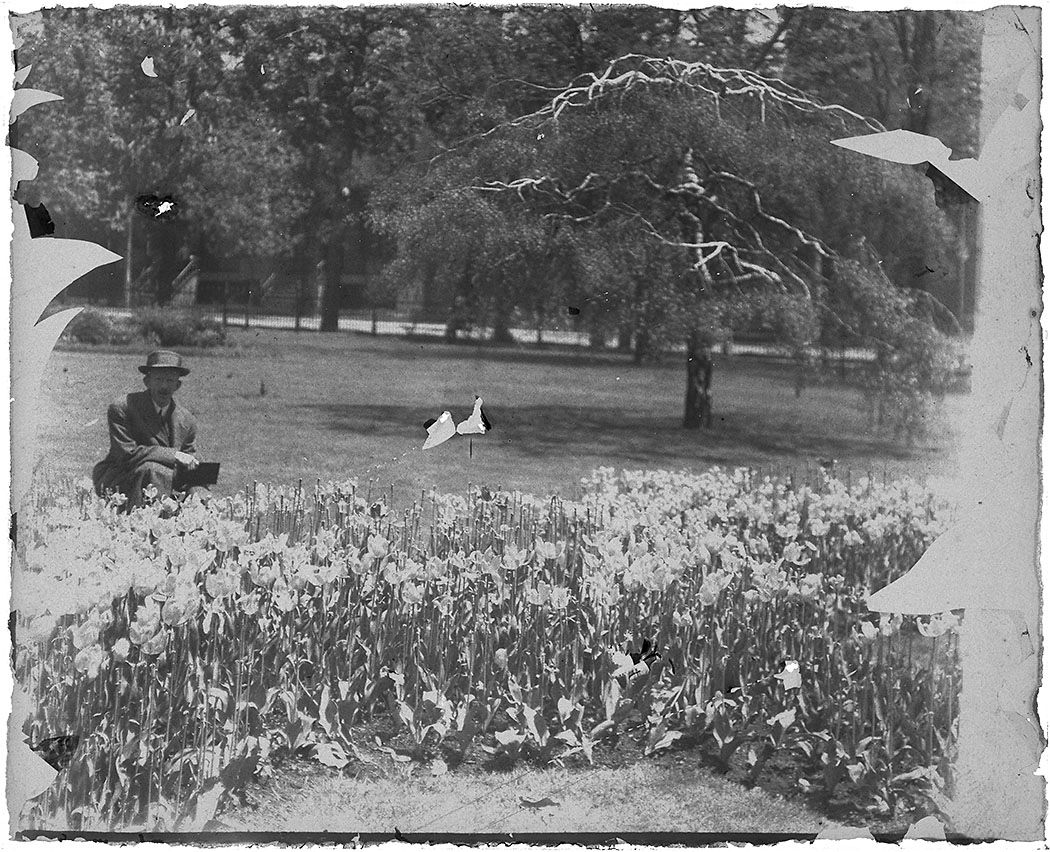
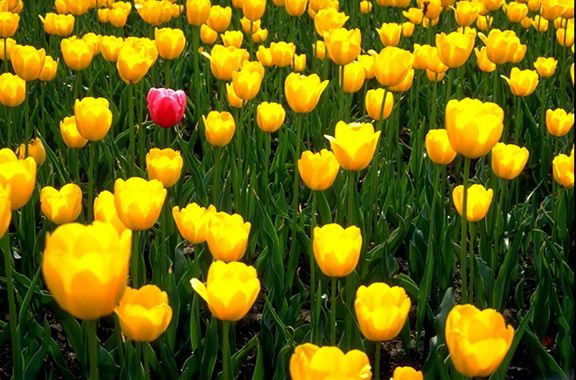

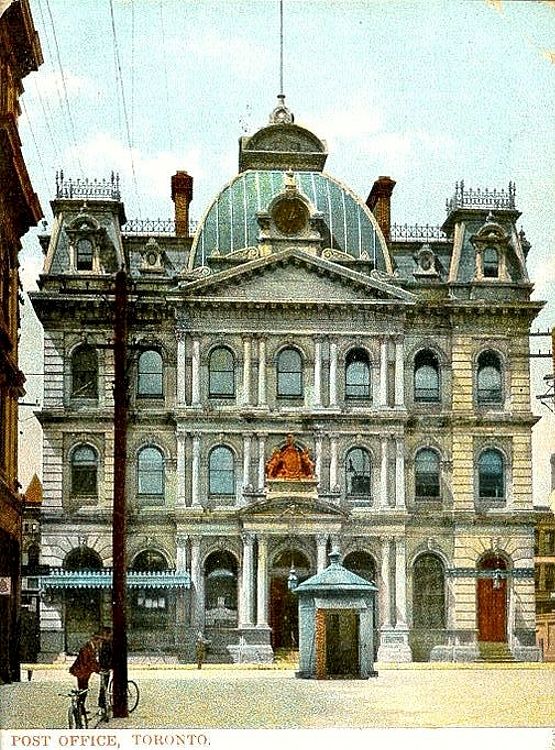
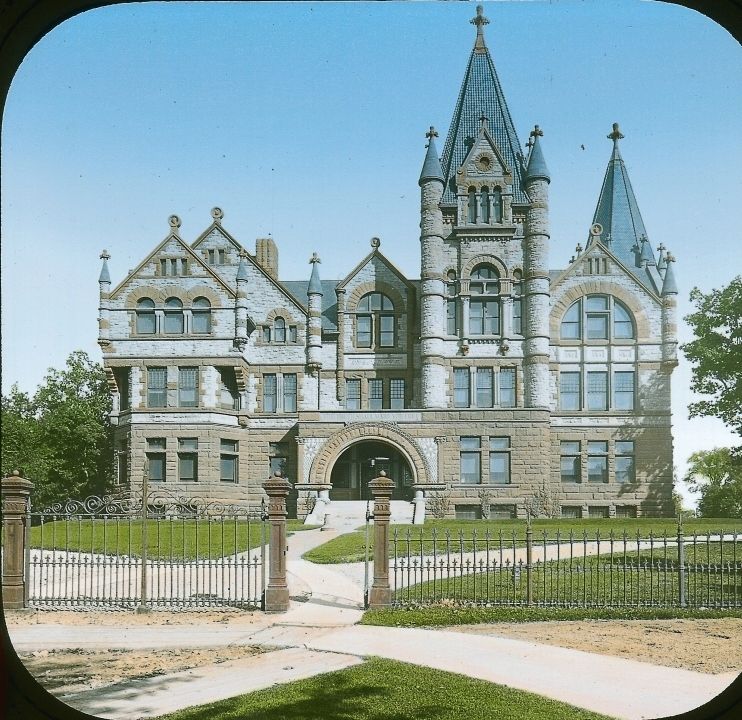
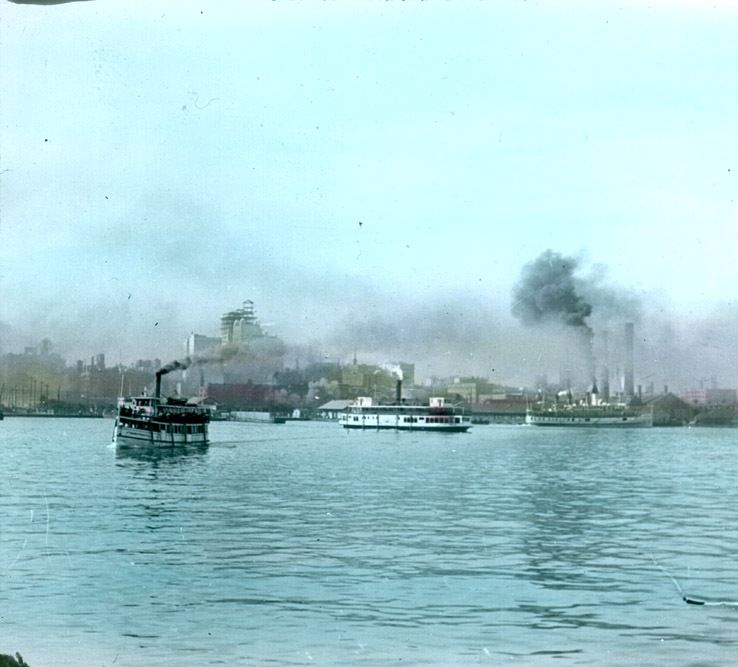
Goldie took this picture 30 years ago in Edwards Gardens.























